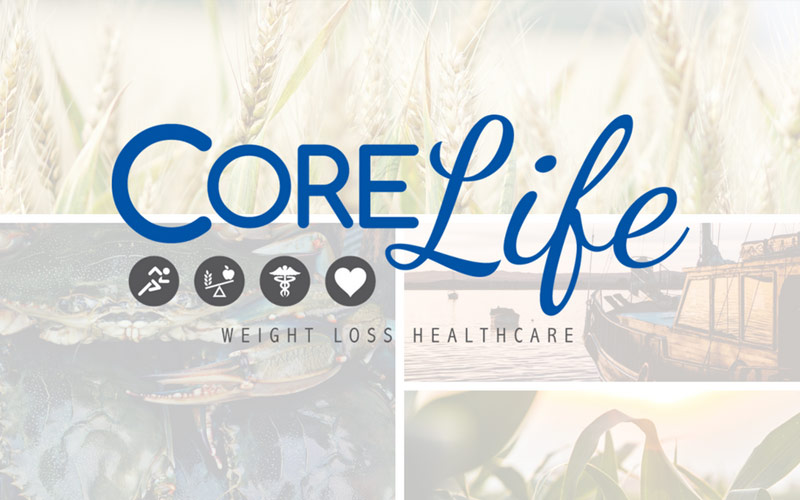One of the quickest ways to help increase your nutrition and help with weight loss is portion control. We live in a society where our plates are huge, the helpings are plentiful, and our meals are typically eaten in a state of distraction. All of these things lend themselves to overeating without even knowing it. So, how do you break this cycle? Here are a few tips to preventing overeating and helping you to recognize proper portion sizes.
1) Don’t eat out of the bag or container! It’s so easy to overeat when you sit down with an entire box of cookies, crackers, chips, etc. Before you know it, that container that was three-quarters full is empty and you’ve eaten 5 servings instead of 1. Pour out the amount you want and put the rest back in the cupboard to help control how much you’re eating and prevent overindulging.
2) Leave something on your plate. We tend to feel a need to “clear” our plate. Especially at restaurants when we’ve paid often big bucks for the meal. Get out of this mind set. Stop letting the plate dictate when you’re “finished”. Instead, pay attention to whether you’re still hungry or satiated. A good way to make you tune into that is to intentionally leave a bit of something (or a bit of everything!) on your plate, helping you mentally focus on how you feel, rather than on what your plate looks like.
3) Speaking of Plates…use a salad plate instead of a dinner plate for your meals. The standard dinner plate in this country is considerably larger than in other countries. This means you’re already setting yourself up for trouble when you fill the regular plate. Use a salad plate to help scale down your portions and keep you on track.
4) Focus! Enjoy your meal. Pay attention to what you’re eating. How does it taste? How does it smell? How does it look? Are you still hungry? Are you feeling satiated? If you’re starting to feel full, you’ve gone too far. Eating slowly and avoiding distractions during meals can help you to focus on the meal itself and your intake and stop when you’re satisfied instead of when you’re bloated.
5) Drink water. Often, the cues we get for hunger are the same as for thirst. Drink a nice glass of water before you reach for a snack. If the urge to eat subsides, you were likely thirsty, not hungry. If it persists, reach for a healthy snack and you’re one glass closer to your daily water needs being met!
6) Know what your portions should be. Think of your two hands as your plate. Half of that (one full hand) should be veggies (or fruit and veggies), the other hand should be half starch (whole grains, potatoes, corn, beans), and the final half of the 2nd hand (or a quarter of your plate) should be some form of protein. You can “carry” this guide with you everywhere you go and apply to eating out, etc. Snacks should be one hand, making sure that you’re eating a combination of carbs and protein, carbs and fat, or fat and protein (never JUST carbs).
7) Measuring made easy. Use basic, everyday objects to help you determine portion sizes. Your thumb is about the size of a tablespoon. A baseball is about a cup. Your fist is about 3 oz. Keep these things in mind when you’re trying to determine how much of something you should be eating. And remember, fresh fruits and veggies are pretty much no limits!
Portion control is a simple, quick way to really change your eating habits. Use these tips to make sure you’re getting the most out of your meals and meeting your health and weight goals.
Aubrey Phelps MS RDN LDN
